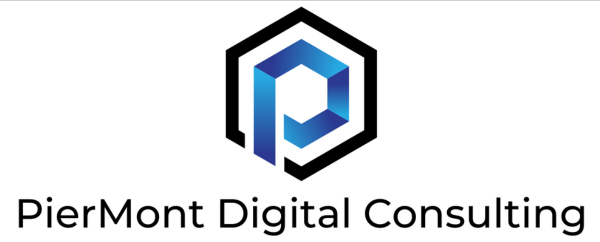
6 tech considerations before you carve out
Carve-outs can be a catalyst for significant growth and shareholder value, but their complexity – particularly when it comes to technology – can lead to unforeseen problems and costs. Carve-out consultant and former CIO Pierre Montersino explains the crucial tech issues every CEO needs to consider before divesting part of their business.
By carving out a business unit or subsidiary that’s underperforming or no longer fits with your core business, you can raise funds, streamline operations and increase your value – all the while retaining an equity stake in the new entity if you choose to do so.
But a carve-out can be a delicate and lengthy process, taking anything from a year to 18 months (depending on complexity) and requiring careful planning to ensure a smooth separation – and to keep costs to a minimum. One commonly underestimated aspect of that process, and an area where businesses often run into trouble, is technology.
If the part of your company being divested is already essentially a separate entity with its own tech systems, the carve-out process can be relatively straight forward, but where technology is shared and integrated, that’s when problems can easily arise.
So, if you’re ready for a carve out, what should you be considering when it comes to IT systems? Pierre explains the key points…
- Carrying out due diligence
“It sounds obvious, but you need to be very clear about exactly what you’ve got, what you’re separating, what critical tech services you’ll be providing to the carve-out, and for how long. This is where a strong, detailed TSA (transitional services agreement) comes in.“One of the biggest mistakes I see companies making is underestimating the magnitude and complexity of their IT systems – which can be incredibly costly.
“You really need to ensure you fully understand your landscape: what systems you have, the interfaces, the set up – is it an on-site or cloud environment? Everyone’s systems are different, so it’s vital to get clarity on the scale and complexity you’re dealing with, so you can produce an accurate, budgeted roadmap.”
- Separating systems
“Once you understand what you have and you’ve put agreements in place, the work begins in terms of separating out systems, and shutting down APIs and other interfaces between them. You need to understand how HR, finance, supply chain and other systems rely on each other. What are your licensing agreements? How will you migrate people and accounts between different systems? Do you have the right timelines in place for shutting off or retiring legacy systems?“Migrating cloud-based environments can be much simpler, whereas on-site systems and servers can be much more difficult and time-consuming to separate. It’s here that you really need the IT expertise and oversight to make sure the work is being done correctly and efficiently and you’re running to schedule.”
- Maintaining security
“Security is a massive concern for all organisations and you don’t want any gaps during the carve-out. If they’re using your systems for a while, what firewalls and other protections have you got? Are all the right user permissions in place? If they have a copy of your system and someone breaches it, can they breach yours as well? Don’t let a lapse in security undermine the entire process.” - Understanding data
“Obviously your systems are full of data – employees, customers, suppliers, contracts, etc – all of varying levels of sensitivity. Customer data is obviously very sensitive and bound by GDPR rules and regulations. You need to make sure data being transferred meets legislation and that your business is no longer holding data it shouldn’t be. This is a major part of the carve-out work that requires careful management.” - Improving your own systems
“A carve-out is a golden opportunity to look at your operating models and current systems and ask yourself if they’re suitable for your new, leaner operation. Is it time to retire a legacy system that was only really benefiting the business unit you’re getting rid of? Is it time to move to the cloud or put in a system that allows you to accelerate performance and be even more efficient and cost-effective? A carve-out is a major piece of work but it can also be the catalyst for wider transformation – don’t miss the moment.” - Adding expertise
“A lot of businesses haven’t been through carve-outs before, so lack the expertise or resources to carry them out effectively. Having a small, experienced, cross-functional team overseeing the project and understanding the technology can help minimise disruption to your core business. It can also ensure the full scope is clear, executed and fully documented in the most efficient way possible. Get this right and you’ll unlock the full value of the proposed carve-out.”
Pierre Montersino is a senior executive with over 20 years’ experience in consulting, with particular expertise in helping companies drive innovation, deliver technology programmes and manage carve-outs. A former CIO, he is highly skilled at aligning technology investment, managing IT strategies and implementing change.



0 Comments